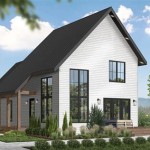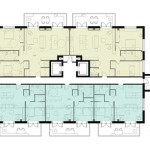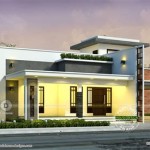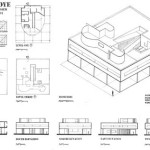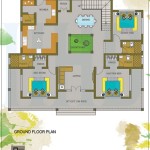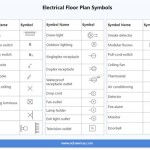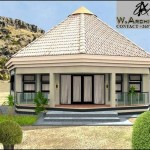The Floor Plan of the White House East Wing: A Behind-the-Scenes Look
The East Wing of the White House is a bustling hub of activity, housing the offices of the First Lady, the White House staff, and various other administrative functions. Its floor plan is a carefully designed masterpiece, balancing functionality with architectural beauty.
Ground Floor
The ground floor of the East Wing is dedicated to public and official functions. The Diplomatic Reception Room, with its elegant chandeliers and grand piano, hosts receptions and other ceremonial events. The East Room, the largest room in the White House, serves as a venue for press conferences, state dinners, and inaugural balls.
The Ground Floor Corridor connects these formal spaces to the rest of the wing. It features portraits of First Ladies and displays of historical artifacts, providing a glimpse into the history of the East Wing.
First Floor
The first floor houses the offices of the First Lady and her staff. The First Lady's Office is a spacious and well-lit workspace, while the adjacent Oval Office is used for private meetings and consultations.
The East Wing residence, a private suite for the First Family, is also located on the first floor. It includes a bedroom, sitting room, and dining room, providing a comfortable retreat from the public areas of the White House.
Second Floor
The second floor of the East Wing is reserved for staff offices and support facilities. The Press Office, responsible for managing media relations, is located here, along with offices for the White House Counsel and other advisors.
The East Wing Communications Center serves as the hub for all White House communications, including press releases, social media, and public outreach.
Third Floor
The third floor houses the White House Social Office, which plans and executes all official White House events. The East Wing Library provides research and support services to the First Lady and her staff.
The East Wing Kitchen, located on the third floor, is a fully equipped culinary facility used for preparing meals for official functions and family gatherings.
Conclusion
The East Wing of the White House is a complex and fascinating structure that plays a vital role in the functioning of the American presidency. Its floor plan has been meticulously designed to meet the needs of the First Family and the various administrative functions housed within its walls. From the grandeur of the East Room to the privacy of the First Lady's residence, the East Wing is a testament to the rich history and enduring legacy of the White House.

East Wing White House Tour Map Dc

White House Tour Floor Plans

White House Building The Tour Plans
White House Tour Inside
Photos Show The White House Interior Where Naomi Biden Got Married
Photos Show The White House Interior Where Naomi Biden Got Married

Historical Tour Of The White House
What Is The Purpose Of West Wing And East White House Quora

What Is It Like To Tour The White House Do You Get See All Of Notable Locations Oval Office And Rose Garden Quora

East Wing Wikipedia

